Practical Tips on How to Lower Electric Bill At Home Effortlessly
Reducing your electric bill doesn’t have to be complicated or time-consuming. With a few simple changes to your home and habits, you can cut down on energy waste and save money each month. Whether it's optimizing heating and cooling, upgrading to energy-efficient appliances, or adjusting daily routines, these practical tips will help you achieve noticeable savings effortlessly.
Understanding Energy Costs

Your energy bills are more than just your total consumption. Factors like generation charge, time of use, and the actual rate you pay per kilowatt-hour kWh comprises your electric bills. Additionally, the individual consumption of your home appliances plays a significant role in determining the total amount you pay each month.
What Affects Your Energy Bills?
- Heating and Cooling Systems: These systems are typically the largest consumers of energy in your home, often accounting for nearly half of your total usage. Inefficient heating or cooling can increase your energy usage and, consequently, your bill.
- Home Insulation: Proper insulation in your walls, attic, and floors can help keep your home comfortable. Poor insulation leads to heat loss in winter and unwanted heat gain in summer, making your heating and cooling systems work harder and consume more electricity.
- Appliance Efficiency: The age and condition of your appliances can have a significant impact on your electric bill. Older, less efficient models use more electricity compared to modern, energy-efficient alternatives.
- Lighting and Water Usage: Your lighting choices and hot water usage can also contribute to high electricity costs. Inefficient bulbs or excessive use of hot water adds to your overall energy expenditure.
To get a better understanding of where your money is going, consider conducting an energy audit. An audit can highlight areas like drafty windows, outdated appliances, or inefficient habits that are inflating your energy costs. According to the U.S. Department of Energy (DOE), an energy audit can lead to savings of 10% to 30% on your annual energy bill.
Conducting an Energy Audit
A home energy audit helps identify areas where you can make changes to improve efficiency. Professional auditors can test your insulation, HVAC systems, and appliances to help you pinpoint exactly where energy is being wasted. If you’d prefer to do it yourself, many utility companies offer free or discounted energy audits. This simple step can uncover opportunities for big savings.
Optimizing Heating and Cooling Systems
Heating and cooling systems are responsible for the bulk of your energy usage, so optimizing these systems is key to reducing your electric bill.
Adjusting Your Thermostat

A simple but powerful way to cut your heating and cooling costs is by adjusting your thermostat settings based on the season. Even small changes can lead to substantial savings over the long term.
- Winter: Lower your thermostat by 7-10 degrees when you're asleep or away from home. This could save you as much as 10% on your heating costs annually. Consider wearing extra layers or using blankets to stay cozy while the temperature drops.
- Summer: Set the thermostat 7-10 degrees higher when you're not at home or while sleeping. Try using fans to circulate air, which can make the room feel cooler without having to lower the thermostat.
By automating your home’s temperature settings, you can save significant amounts of money without lifting a finger.
Maintaining Your HVAC System

A well-maintained heating, ventilation, and air conditioning (HVAC) system operates much more efficiently, helping you avoid expensive energy bills.
- Change Filters Regularly: Air filters trap dust, dirt, and other particles, preventing them from clogging your system. Over time, dirty filters reduce airflow, making your system work harder to maintain your desired temperature. Change filters every 1-3 months for optimal performance.
- Annual Tune-Ups: Just as you schedule regular check-ups for your car, your HVAC system also requires maintenance. Schedule a professional tune-up annually to keep it running at peak efficiency. This will help you avoid costly repairs and ensure your system isn't working overtime.
- Seal Air Ducts: Leaky ducts can waste up to 20% of your energy, forcing your HVAC system to use more energy to distribute air. If you have an older system, it might be time to inspect and seal any gaps in the ductwork. Properly sealed ducts help ensure the airflow stays within your home and doesn't escape into attics or crawl spaces.
- Consider Upgrading Your HVAC System: If your system is over 10-15 years old, it might be worth investing in a more energy-efficient model. Choose units with high Seasonal Energy Efficiency Ratios (SEER) for cooling and high Annual Fuel Utilization Efficiency (AFUE) ratings for heating to ensure better energy efficiency. Newer, more efficient models can save you money in the long run by using less energy.
Energy-Efficient Appliances and Lighting
Upgrading to energy-efficient appliances and lighting can have a significant impact on your electric bill. By replacing outdated or inefficient models with Energy Star-rated products and adopting smart lighting solutions, you can drastically reduce your household's energy consumption while still enjoying the same level of comfort and convenience.
Purchase Energy Efficient Appliances

One of the easiest ways to cut down on your energy consumption is by upgrading to Energy Star-rated appliances. These products are designed to reduce electricity waste while providing the same or better performance compared to standard models. Replacing older appliances can lead to considerable savings in both energy usage and long-term costs. Here are some key appliances where energy-saving features can make a big difference:
- Refrigerators: Refrigerators are one of the highest energy-consuming appliances in a household. Newer Energy Star-rated refrigerators use up to 10-50% less energy than older models, reducing electricity usage significantly. They also tend to have better insulation, which helps maintain internal temperature more efficiently.
- Washing Machines: Traditional washing machines use a lot of water and energy to run, especially older models. Energy-efficient washers, particularly front-load washers, use up to 25% less energy and 40% less water than their older counterparts. Upgrading your washing machine can save $100-$200 annually, depending on your usage.
- Dishwashers: Dishwashers that are Energy Star-certified can use up to 12% less energy and 30% less water than standard models. They often come with advanced features like eco-wash settings that can further save energy and water without sacrificing performance.
- Dryers: Many new dryers are designed to be energy-efficient by utilizing moisture sensors that adjust drying time based on the amount of moisture in the clothes. This prevents over-drying and saves energy. Additionally, using the dryer efficiently by maintaining it properly can prevent it from using excess energy.
- Air Conditioners and Heaters: Investing in Energy Star-rated heating and cooling units can make a noticeable difference. For instance, new air conditioners and heat pumps can use up to 50% less energy than older, inefficient models. They are also better equipped to maintain temperature with less effort, saving on both energy and costs.
- Water Heaters: Traditional water heaters are notorious for being energy hogs. Energy-efficient water heaters, such as tankless water heaters or heat pump water heaters, can cut energy consumption by up to 30%. These models are designed to heat water only when needed, rather than constantly maintaining a large tank of hot water.
When shopping for appliances, always look for the Energy Star label to ensure the product meets stringent energy efficiency standards. Energy Star-rated appliances use less electricity, reducing your carbon footprint and saving you money over the long term.
Switching to Energy-Efficient Lighting

Lighting can account for a significant portion of your monthly electric bill, especially if you’re still using outdated incandescent bulbs. Swapping to energy-efficient lighting can provide immediate savings. There are several options available, but LED lighting is the most efficient and cost-effective choice for most households.
- LED Bulbs: Light Emitting Diode (LED) bulbs consume 75% less energy than traditional incandescent bulbs and last up to 25 times longer. LED lights may cost more up front, but because of their extended lifespan and energy efficiency, they save a lot of money over time. For example, if you replace a 60-watt incandescent bulb with a 10-watt LED, you’ll reduce your energy usage while maintaining the same brightness. Over the life of the bulb, the savings can be substantial.
- CFL Bulbs: Compact Fluorescent Lamps (CFLs) are another energy-efficient option, though they are not as efficient as LEDs. CFLs use about 70% less energy than incandescent bulbs and have a lifespan of about 10,000 hours, compared to the 1,000 hours for traditional bulbs. While they tend to be cheaper upfront than LEDs, their energy savings aren’t as great in comparison, and their lifespan is shorter.
- Motion Sensors: Consider using motion sensors in areas where lights are often left on unnecessarily, such as hallways, bathrooms, or entryways. Motion sensors can automatically turn lights off when no one is in the room, ensuring that lights are only on when needed. This eliminates energy waste from lights that are left on accidentally.
-
Outdoor Lighting: If you have outdoor lighting, switch to energy-efficient solar-powered lights for your yard or garden. Solar-powered lights rely on the sun’s energy, so they don’t use electricity from your home at all. This makes them a fantastic option for lighting driveways, pathways, and gardens while keeping your electric bill low.

Installing solar panels on your roof allows you to harness the sun’s energy and reduce reliance on the grid. This can lead to significant cost savings over time and lower your monthly electric bill. Solar panels are a sustainable option for homeowners looking to generate their own electricity.
When paired with a home storage battery, a solar panel system allows you to store excess energy generated during the day for use at night or during power outages. This increases energy independence and maximizes the benefits of solar energy.
Home Efficiency
Achieving a more efficient home involves a combination of smart practices, improved systems, and energy-efficient technologies that contribute to reducing energy consumption and increasing sustainability.
Sealing Air Leaks and Insulating Your Home

No matter how efficient your HVAC system is, poor insulation and air leaks in your home can significantly reduce its effectiveness. Inadequate insulation and air leaks allow heat to escape during winter and enter during summer, forcing your HVAC system to work harder to maintain a comfortable temperature.
- Sealing Gaps and Cracks: Inspect your windows, doors, and any other gaps in your home for drafts. Use weatherstripping around doors and windows to prevent air from escaping, and apply caulk to seal any cracks in the walls or foundation. These small improvements can help keep your HVAC system from overworking.
-
Add Insulation to Key Areas: Attics, walls, and crawl spaces are prime areas where heat can escape. Adding insulation to these spaces will help maintain a consistent temperature throughout your home, particularly in areas that might experience extreme temperatures in winter or summer.
- For example, an attic without sufficient insulation can allow a home to lose up to 25% of its heat in winter. By installing fiberglass batt insulation or spray foam insulation, you can help prevent significant energy loss.
Water Conservation and Efficiency

Water is an essential resource, and being mindful of its usage in your home can save both water and energy. Efficient water use can lower utility bills and reduce your environmental impact.
- Low-Flow Fixtures: Water consumption can be considerably decreased without sacrificing functionality by installing low-flow showerheads, toilets, and faucets. For instance, low-flow toilets use less than 1.6 gallons per flush, while standard models can use up to 3.5 gallons.
- Water-Efficient Landscaping: Implement xeriscaping or use drought-resistant plants that require minimal water. Additionally, using a rain barrel or drip irrigation system for your garden can conserve water and reduce your reliance on the municipal supply.
- Fix Leaks: Leaking faucets, pipes, and toilets can waste a surprising amount of water over time. Regularly inspect your plumbing system and repair any leaks promptly to prevent water waste and unnecessary costs.
- Reduce Warm or Cold Water Usage: The U.S. Department of Energy recommends setting your water heater’s thermostat to 120°F (49°C). This temperature is hot enough for most household needs but low enough to save energy. Reducing the temperature by 10 degrees Fahrenheit can cut water heating costs by up to 5-10% annually. For washing clothes, using cold water rather than hot or warm water can save a significant amount of energy, as water heating accounts for about 90% of the energy used during laundry.
Smart Home Devices and Automation

Leveraging smart home technology can help you manage and optimize your home's energy use. Smart home systems provide greater control over temperature, lighting, and appliances, allowing you to adjust usage for maximum efficiency.
- Smart Thermostats: These devices allow for more precise control over your heating and cooling systems. By learning your schedule and adjusting temperature settings, these programmable thermostats reduce unnecessary heating or cooling when you're not at home.
-
Smart Leak Detectors: Water damage can be costly and disruptive, making it essential to catch leaks early before they cause significant harm to your home. Smart leak detectors are an innovative solution that can detect water leaks, monitor moisture levels, and alert you to potential problems, helping you save water, prevent damage, and reduce costly repairs.

- Smart Lighting: Install smart bulbs that can be controlled remotely or programmed to turn off when not in use. Some systems allow you to adjust the color and brightness of lights to reduce energy consumption while enhancing your home’s ambiance.
- Smart Plugs and Power Strips: Smart plugs can monitor and control the power usage of individual appliances. You can turn off devices remotely or set timers to prevent unnecessary energy use.
Behavioral Changes and Habits
Changing your energy-using habits can significantly reduce your energy consumption and lower your utility bills. Simple actions, like turning off lights, electronics, and appliances when not in use, can save up to 10% on your electricity bill annually. Unplugging devices that are not in use (such as chargers, TVs, and kitchen appliances) helps eliminate “phantom” energy consumption.
Using smart power strips for electronics is another great way to save. By plugging multiple devices into one strip, you can turn everything off with one switch, eliminating standby power usage. This is especially effective for home electronics like TVs, gaming consoles, or computers.
Final Thoughts
Curbing energy waste doesn’t have to be complicated. By adopting simple yet effective strategies—like using smart devices, upgrading to energy-efficient appliances, conducting regular energy audits, and making small adjustments to your daily habits—you can significantly lower your energy consumption and save money. These practical steps not only help cut utility costs but also contribute to a more sustainable lifestyle.
FAQs
What runs your electric bill up the most?
Heating and cooling systems typically make up the largest portion of your electric bill, followed by water heating and appliances.
What is the simple trick to cut the electric bill?
Switch to LED bulbs, use a smart thermostat, and unplug unused devices to see immediate savings.
How to reduce electricity bill?
Upgrade to energy-efficient appliances, seal air leaks, and adopt energy-saving habits like turning off lights and unplugging electronics.
How can I reduce the amount of electricity I use?
Adopt habits like using power strips, adjusting thermostat settings, and taking shorter showers to reduce your electricity usage.


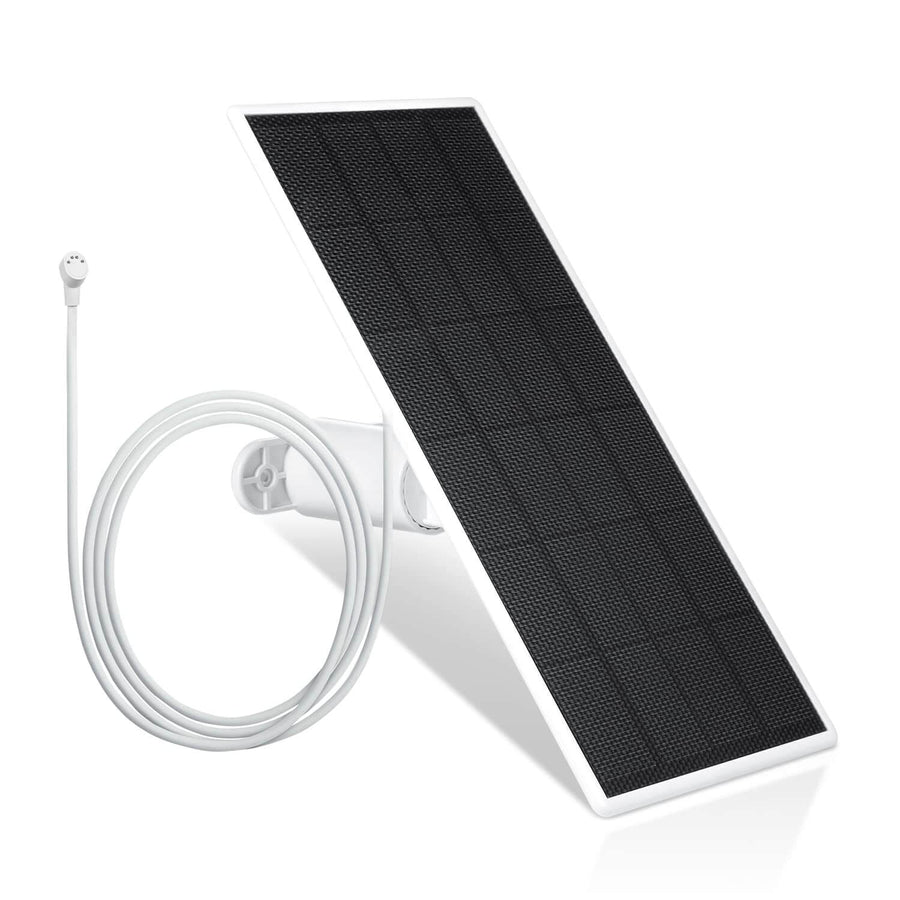
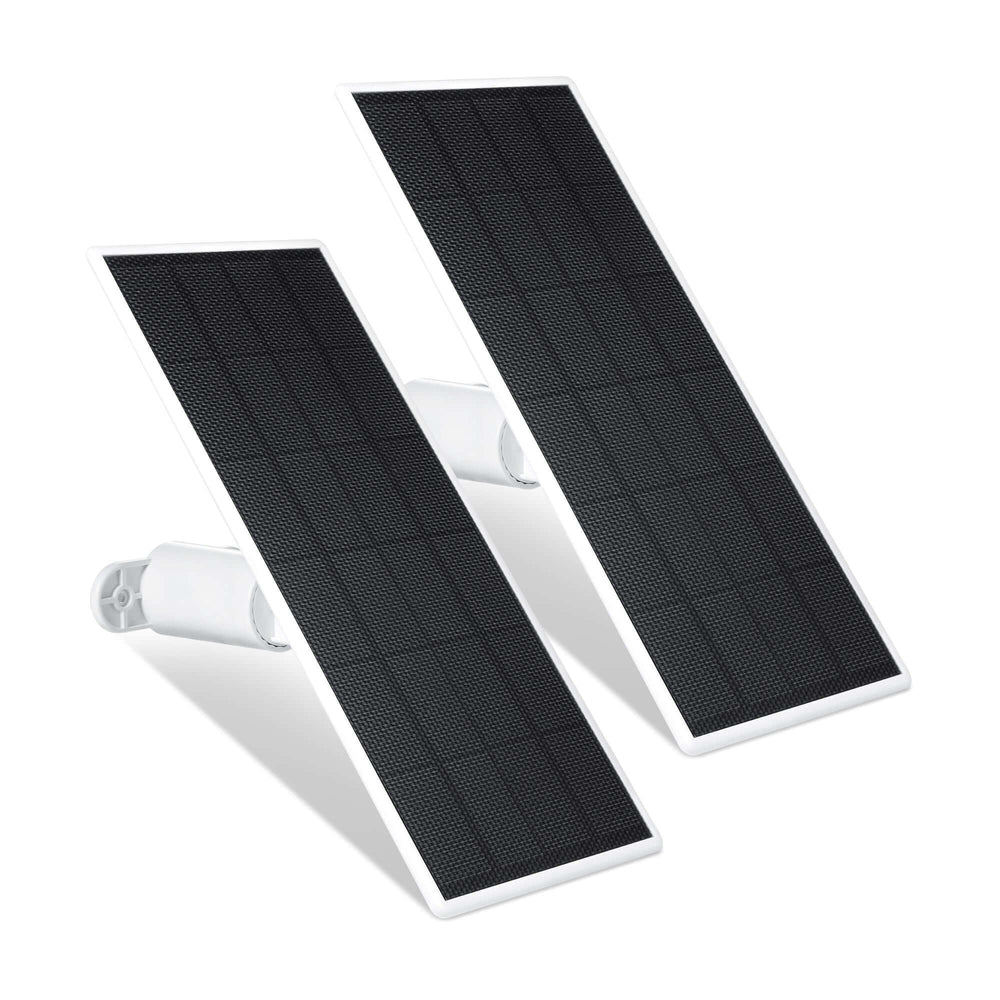
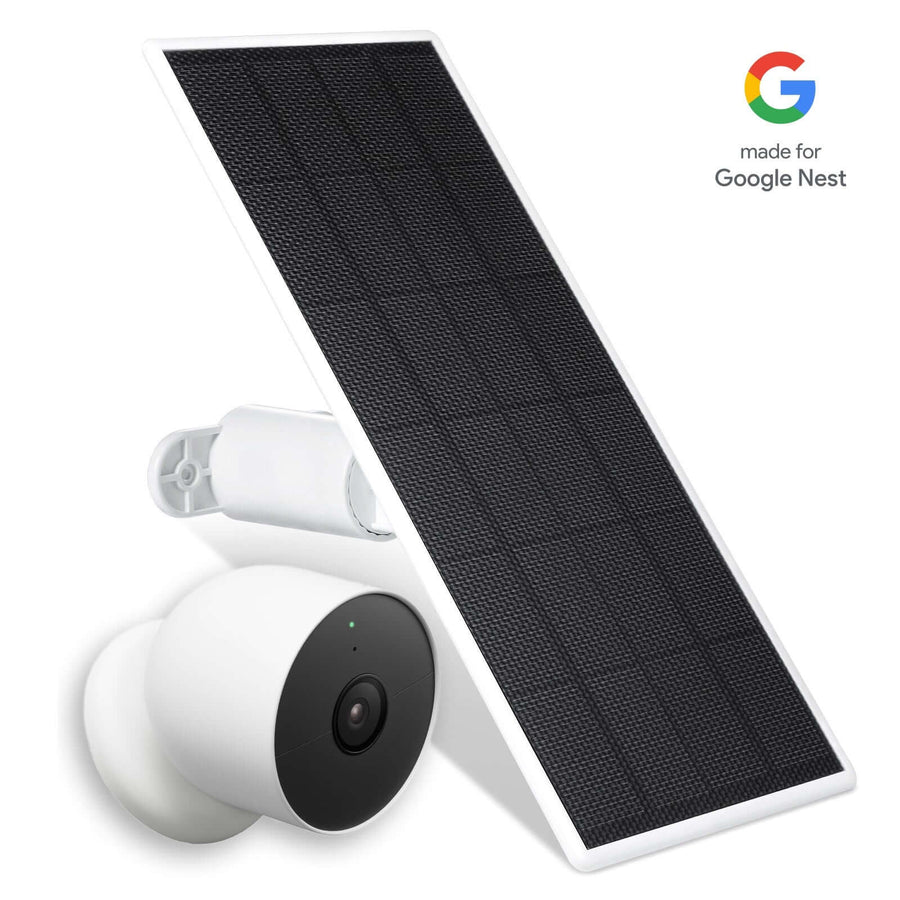
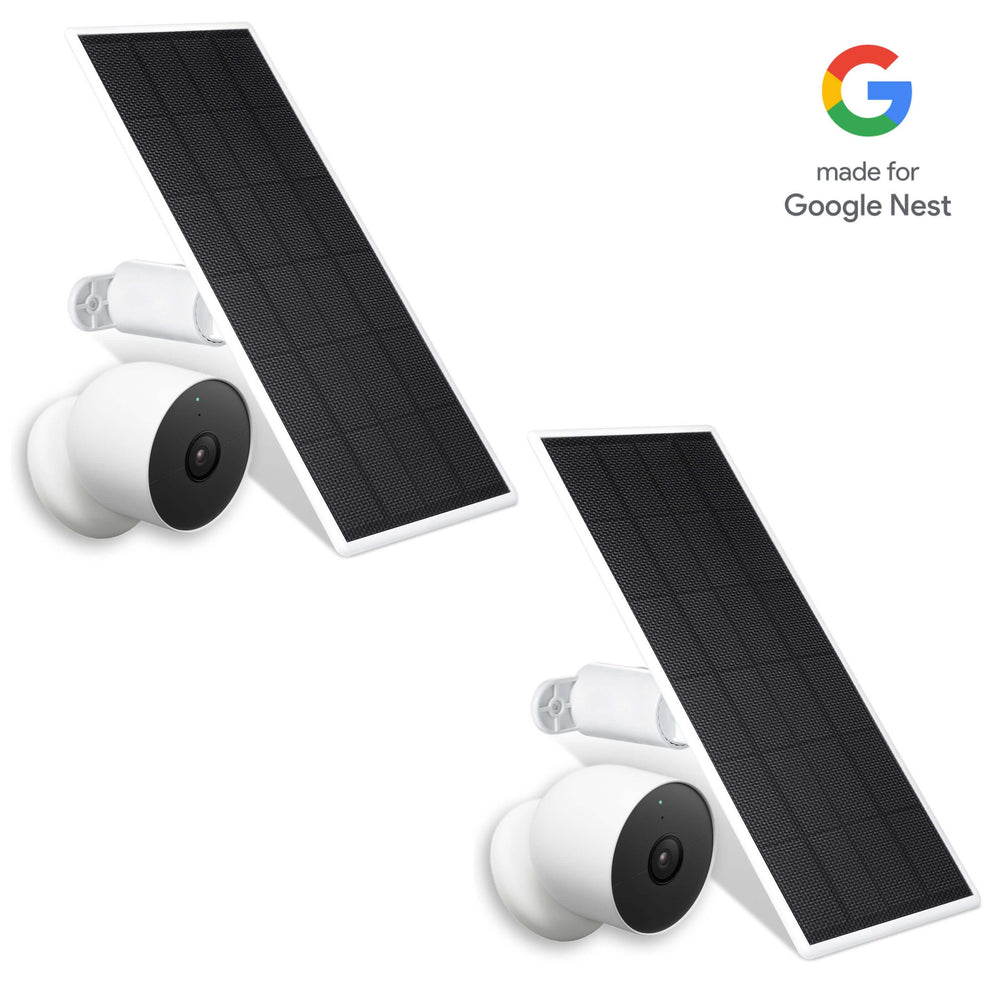
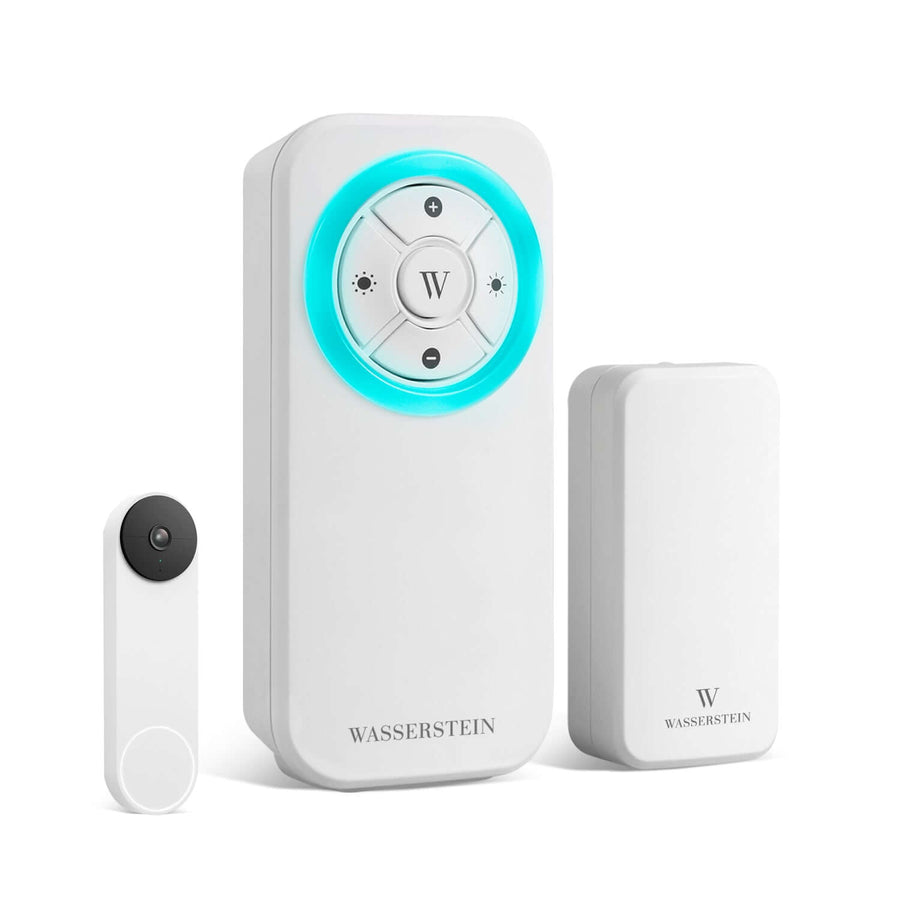
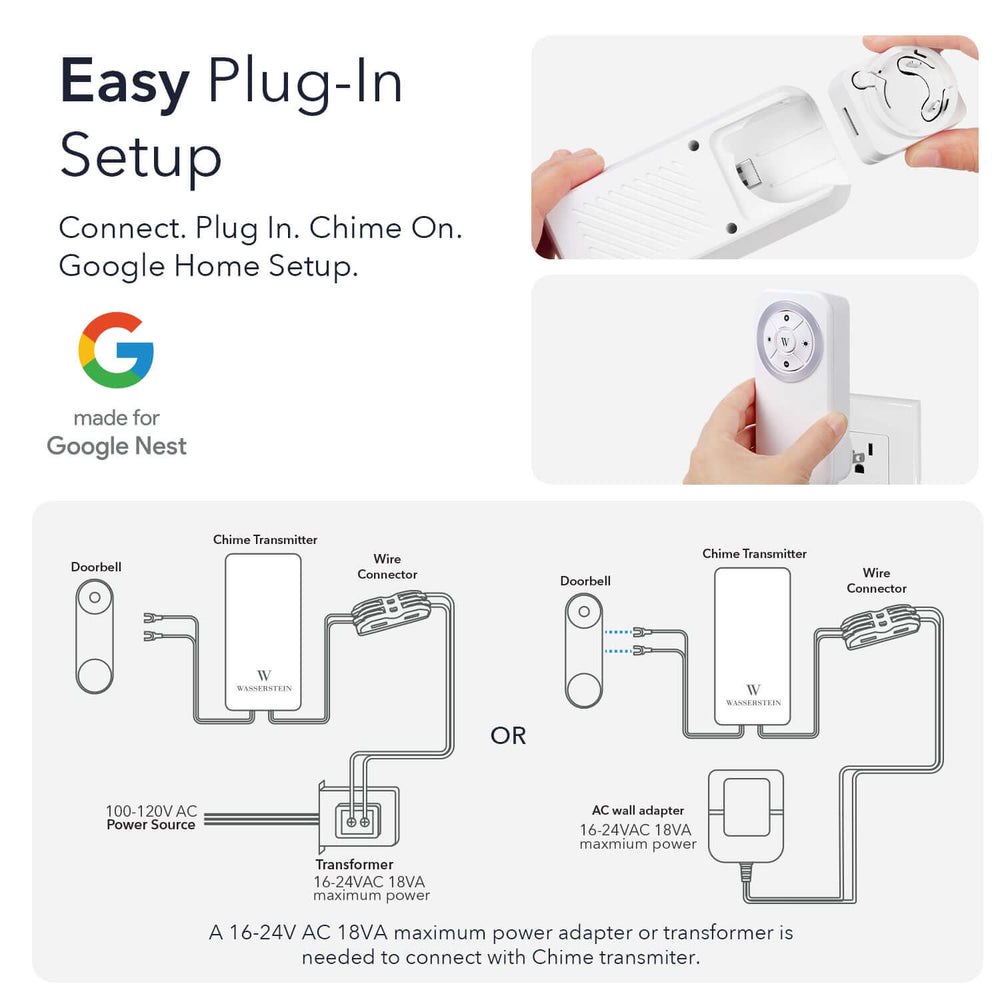
Leave a comment